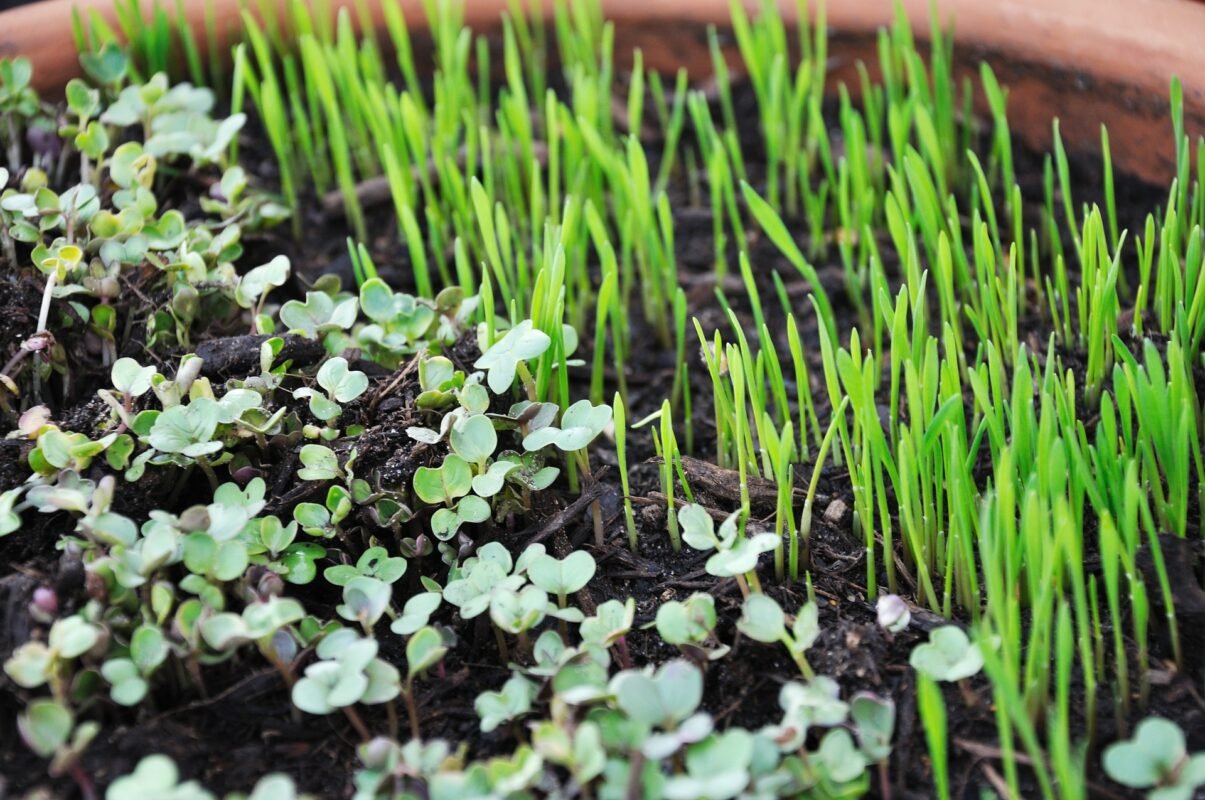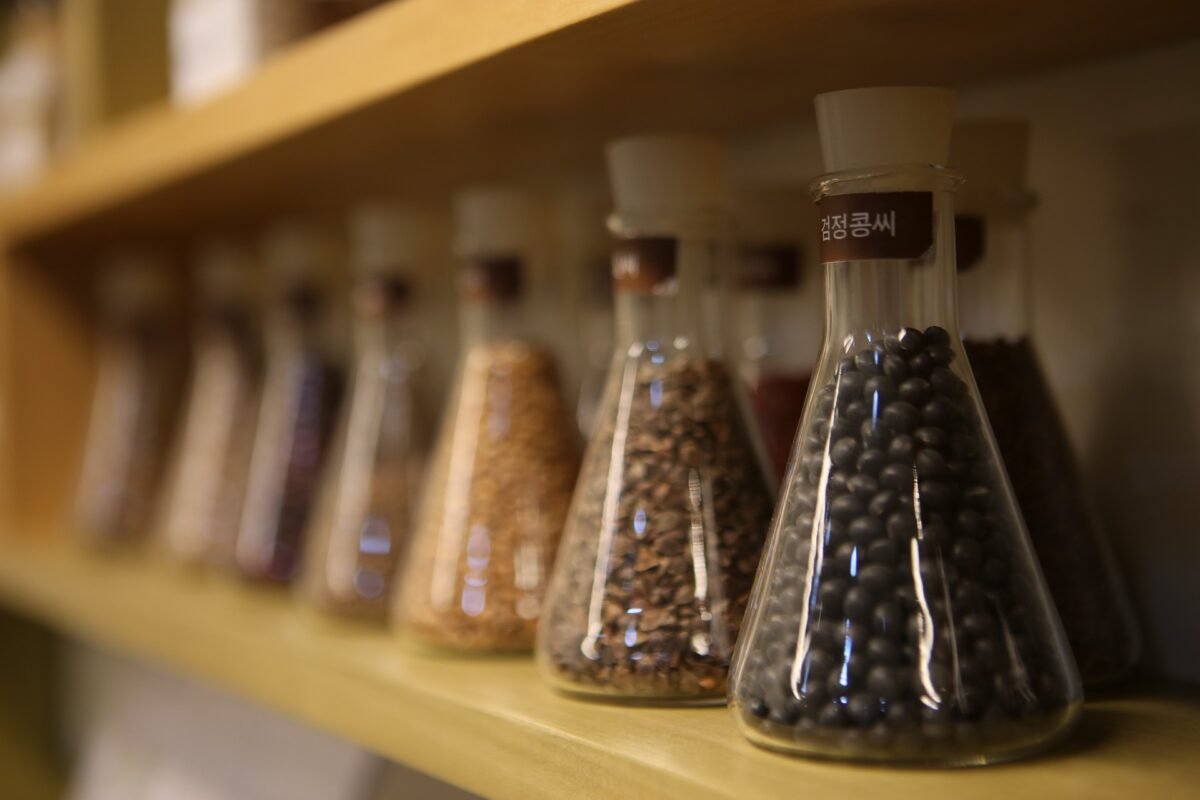Premiere Tips For A Small Space Garden

Di Pati Jhanjhani lives in Mumbai and has been growing more than 30 types of vegetables in her small space garden for the last 8 years. She says, “Vegetables and fruits provide the most nutrition when they are consumed fresh.” During the current lockdown, being able to get to the market is impossible. We don’t know when we can buy more vegetablese. As you probably know, we should eat vegetables within 48 hours of harvesting. But how do you do it, if you only have a small space garden?
My Favorite Book for A Small Space Garden
You do not need a big space to grow greens. Even a balcony can grow a bucketful of vegetables. Mel Bartholomew wrote my favorite book entitled All New Square Foot Gardening. This is the best book I have ever read about small space gardens. The ideas in this book also make it easy to reach each individual plant to get rid of pests, pick off dead leaves, and most of all to reach all of the produce easily. I have used square foot gardening to make an entire salad in a 4’ x 4’ space. This is especially useful for raised bed gardens, which is my favorite way to garden.
Create A Compost Pile On Your Balcony
The only ingredients needed for this type of small space garden are good soil, compost, which you can create in your kitchen, a sunny location, and fresh water. Compost scraps collected in your kitchen and put in a galvanized trash can with a lid can sit on your balcony as your compost “pile”. If you have a little extra room, a barrel compost bin might be a better option to help turn the compost which promotes aeration. in a

Deepti explains, “In a box window grill space, you can grow five basic edible plants such as tomatoes, peppers, zucchini with lemongrass, peppermint, and microgreens.”
Says Deepti, “I think this work can be started with growing microgreens at home because it is the easiest thing to do. You can use small plastic containers again instead of throwing them away. The best seeds are raw whole spices like mustard, fennel, sesame, and fenugreek seeds to grow microgreens in these containers. ”
Things To Keep In Mind With A Small Space Garden
Fill soil in the container.
Spread the seeds evenly to ensure enough space for each seed to grow.
Sprinkle with water and keep it moist but not soggy, near your window.
If you do not have soil, you can also use cardboard or tissue paper.
She explains, “You take cardboard from a box and soak it in water for 24 hours. The next day, you take two pieces of cardboard and place the seeds between them as a sandwich. You will see seeds germinate in 5 days. Spray water on the cardboard as it needs to be moist. Ten days after sowing, these microgreens are ready to be eaten. “

Deepti says grow legumes like mung, soy, chickpeas, etc. For legumes that do not have a hard outer layer, it is advisable to soak overnight and then sprout in moist tissue paper and then apply in soil. If the outer layer of the seed is hard, apply it directly to the soil.
She explains, “I make small holes in the soil and push the seed an inch from the top.” Hard-seeded vegetables like melon, pumpkin, and bitter gourd need similar soil to grow. ” Lemon seeds and tamarind should go in a 20 inch pot.

She explains, for vegetables whose seeds are small, such as tomatoes, peppers, and capsicum, it is better to keep them in the sun before sowing them in a pot. In addition, Deepti emphasizes the importance of nutrition for plants.
How To Make Compost At Home
She uses compost for her plants at least twice a month. If someone is unable to obtain manure from vegetable eating animals at home, they can follow these steps, which are quite easy. She explains, “If you have vegetable and fruit peels at home, you can grind them by putting them in a blender. For one cup thick paste, add four cups of water. Use this mixture to water your plants. Banana peels are especially good for this mixture because it contains a lot of potassium. “
In the case of egg peels or fish bones, she suggests that these things should be dehydrated in the microwave or oven and then put into the ground. This is because they do not decompose very easily and plants take a long time to get nutrition from them.

As we all are spending time at home nowadays, I think the kitchen has become one of the most active places. While experienced chefs are doing new experiments every day, some are even growing greens of their own. I think that not only trying new recipes, but also growing nutritious things will become the norm. I think people like Deepti can start a revolution for healthy eating. If fresh vegetables can grow in my square foot garden, you can also make your own garden on your balcony.
I hope you enjoyed the tips that Deepti has shared about how to use kitchen scraps in a small garden. I have included links to some products which I felt would be helpful when you start your small space garden. These are affiliate links and I will get a small fee from Amazon if you click my link and buy a product from Amazon. If you feel my content is valuable, I hope you click and buy but if you think I could improve, please email me and tell me what you would like to see. Thank you!
Kay